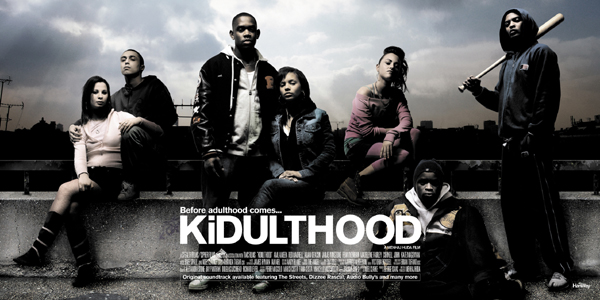AO2: Wider Contexts (SHEP)I will read a wider range of newspapers and look on the media guardian website more often.
AO3.1: Issues, Debates, Theories Research more into my theorists and theories such as Stanley Cohen's Moral panic, which would also benefit myself as I would using a wide variety of research methods.
AO5: Research Techniques As well as researching via the Internet I will also start researching through books and newspapers (both tabloid and broadsheet)
AO1: Key Concepts Although we study it last year, I will keep practicing in my independent study as I am quite weak in this concept.
AO3.2: Comparing and Accounting Similarities and Differences & Why. I could set myself the target of comparing two texts to help build my skills up for this assessment objective and gain a better understanding of it.








